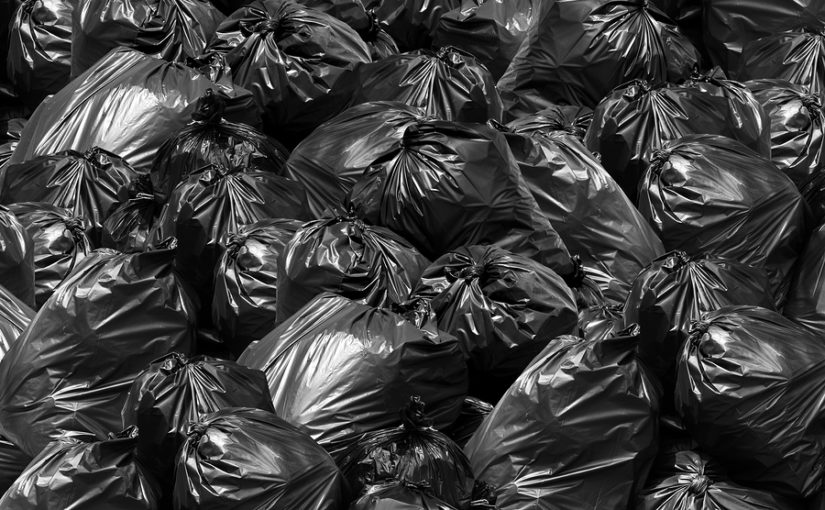Waste Transfer Duty of Care Notes are a way to track business waste when it transfers from one individual or organisation to another.
They are an important part of making sure commercial waste disposal is carried out in an environmentally friendly way, and to prevent problems like illegal dumping and fly tipping.
Because a Waste Transfer Note (sometimes called a WTN for short) also includes a short description of the waste being transferred, it also means any controlled or hazardous substances are clearly documented.
Do I need a Waste Transfer Note?
First and foremost, it’s useful to know when you need a Waste Transfer Note and when you don’t.
A Waste Transfer Note is needed when commercial waste transfers to the responsibility of a different person or company.
Therefore, it is usually NOT needed if:
- You are a householder and the waste is purely domestic waste.
- The waste does not transfer e.g. a tradesperson takes their waste with them from a job site.
For domestic skip hire customers, a Waste Transfer Note may not be a legal requirement, but if you have contractors working on site who use your skip, then this part of its contents is likely to be classed as commercial waste and a WTN required.
What is a Waste Transfer Note?
A Waste Transfer Duty of Care Note is a document that details the type and quantity of waste removed from a property by a waste carrier.
It’s part of making that waste traceable, so it’s easier to confirm that it is disposed of in the correct way, whether that is for recycling or to a licensed landfill site.
A typical Waste Transfer Note will include:
- The customer’s name and details.
- The waste carrier’s details.
- A brief summary description of the waste.
- European Waste Catalogue (EWC) codes for the waste transferred.
- The quantity of waste removed.
- The way the waste is contained – e.g. loose, bagged.
Any document that displays the required information is automatically a WTN – so for example, a detailed invoice or receipt from a skip hire company can double as a WTN as long as it has the necessary information on it.
The WTN should also include a declaration that the waste has been transferred in accordance with the waste hierarchy in Regulation 12 of the 2011 Waste (England and Wales) Regulations.
What is the Waste Hierarchy?
The Waste Hierarchy is a way to make sure waste materials are disposed of in the most eco-friendly way available.
At the top, waste is prevented completely if possible, while at the very bottom is landfill disposal of waste.
The full hierarchy is:
- Prevention
- Re-use
- Recycling
- Recovery
- Disposal
The middle three stages are important, as they allow useful materials to be reclaimed from waste streams and either reused directly, or reprocessed to allow them to be used again.
Does it matter for domestic skip hire?
Even if you are a domestic skip hire customer, it’s important to follow your skip hire provider’s rules on what can and can’t be put in your skip.
These rules exist to protect people – including customers – against any hazardous substances, but also to protect the environment so that more skip waste can be disposed of in an environmentally friendly and sustainable way.
